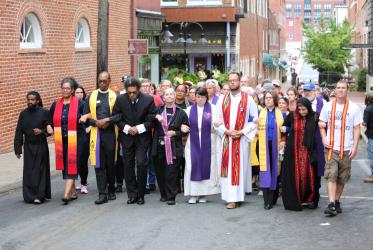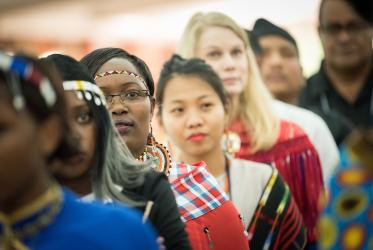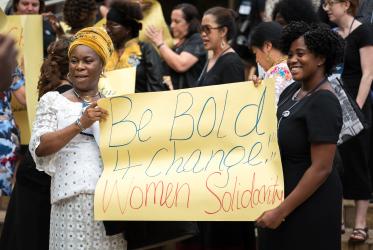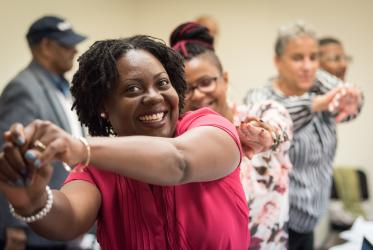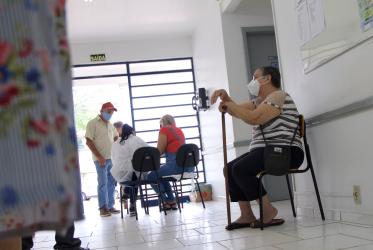A conversation, offered via a panel discussion, explored the roots of pressuring women from racialized communities to meet the standards of beauty defined by whiteness and white supremacism, and the effects of such pressure to their health, as well as in church and society.
One panelist was Adele Halliday, lead staff for antiracism and equity for the United Church of Canada. She is also incoming co-moderator of the WCC Reference Group on Overcoming Racism.
Halliday referred to skin whitening—and the strong marketing message surrounding it—as another way minds are being colonized.
“There’s nothing wrong with the color of my skin,” she said. “I can say that loudly and clearly. But the messages received from outside don’t say that.”
At this particular time—the beginning of Advent—Christians often reflect in the way in which light comes into the world, said Halliday. “The challenge is that, sometimes that gets linked to the way in which we treat one another.”
Also among the panelists was an anonymous representative from the skin-whitening industry, a multi-billion dollar industry growing particularly in Africa, Asia, the Caribbean, Europe, Latin America, the Middle East, North America, and the Pacific. This industry intentionally targets African, Asian, and Indigenous descent women—women who naturally have higher amounts of melanin. According to a study by CNN, the Asia-Pacific region appears to be the most lucrative for this industry.
The percentage of women from the widely racialized communities throughout the world using these products is significant. Even though there are also men who are using these products, the number of women using these chemicals dwarfs that of men.
Participants came away with a new understanding of what drives the global appetite for skin whitening chemicals, including social and economic opportunities for light-skinned women, offering them an easier upward social and professional mobility; they also shared ideas for how churches can address skin whitening among community members.

